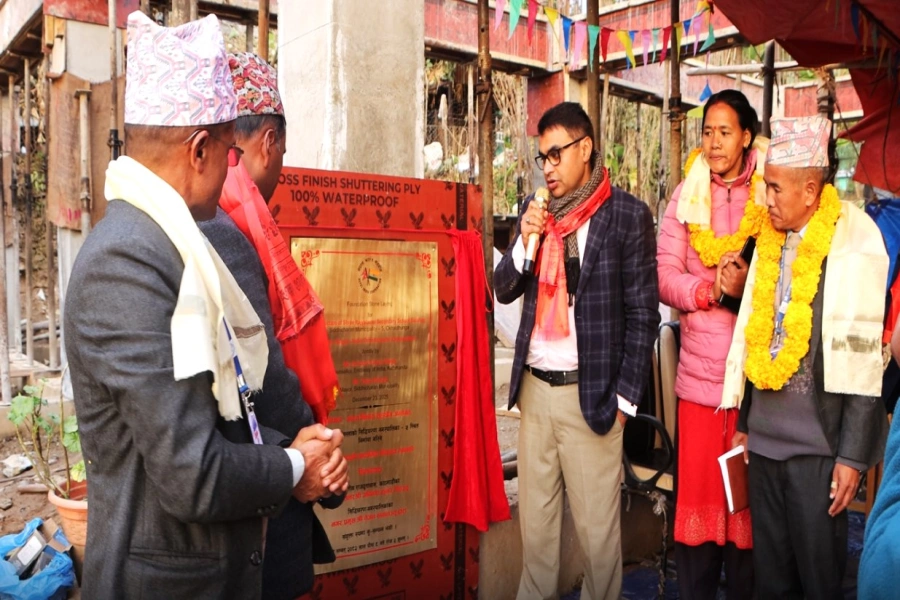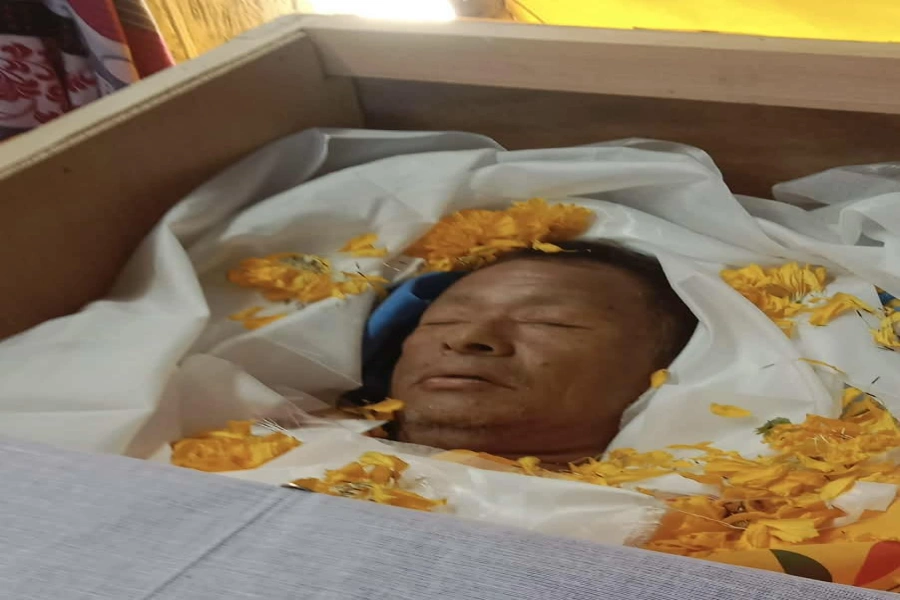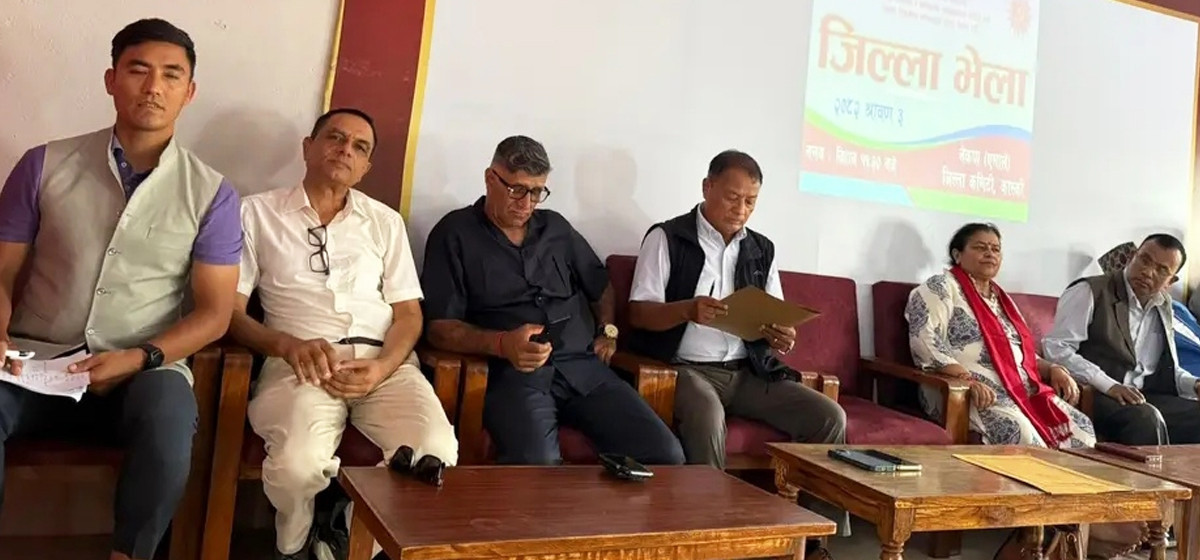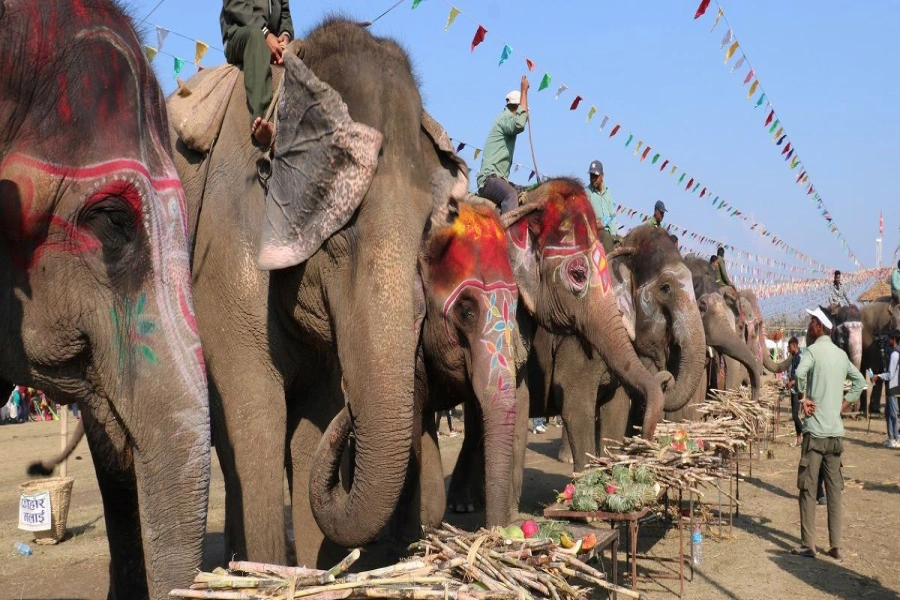Water-induced disasters
As we went to press on Wednesday, at least 50 people had already been killed in floods and landslides right around the country. The unusually heavy rains this monsoon have swollen all the major river systems in Nepal to dangerous levels. With heavy rain forecast for at least one more month, the country has to brace for the worst and prepare accordingly. The Prime Minister’s Office has directed local authorities to work with the respective district disaster relief committees (DDRC) in order to make search, rescue and rehabilitation efforts more effective. To expedite these efforts, it has written to various ministries not to grant leave to civil servants in affected areas. Likewise, security forces have now been mobilized in all flood-affected regions.
But there continue to be howls of public outrage at the “slow” and “inadequate” government response. To be fair to the government, it is hard to prepare for such an unprecedented amount of rain. There are nonetheless plenty of areas for improvement.
For instance rapid response teams have now been formed in the 14 most-affected districts. But why did the government need to wait until 50 people had died? Why can’t such teams be permanently stationed in the districts that have traditionally been the most vulnerable to monsoon floods and landslides? The early warning systems that have been installed in these areas also don’t seem to be working. Had they been working properly, so many people would not have been caught unaware. A study published in the journal Natural Hazards and Earth System Sciences in April this year points at three main limitations in the river level monitoring system practiced in Nepal. These systems are “susceptible to failure during extreme rainfall events”, the lead times are short and there are not enough of these monitoring stations. As the authors point out, there are ways to tide over these challenges. But the seriousness that this life-and-death issue warrants is missing, as is evident in the heavy loss of life and property every monsoon. As we write this, many villages in the Tarai belt have been completely cut off from surrounding areas, with hundreds of families stranded, after complete inundation of these villages.
A country that is so vulnerable to these annual extreme-weather events needs to be better prepared. This may be in terms of more manpower dedicated to water-induced disasters, better equipment to reduce lead time, more coordination between district disaster relief committees and VDCs—there could be any number of ways. The millions of people who have been affected by water-induced disasters this year have once again been made to feel that the state cannot come to their help when they most need it. This is precisely why so many people feel alienated from Kathmandu and its closed cabal of forever-feuding politicians. If the Nepali state hopes to regain its writ and thereby the legitimacy to rule on behalf of its people, it must do a better job of protecting its citizens. The tardy early response is also no reason not to expedite the process of rescue and rehabilitation. There is not a moment to lose.
Aishwarya Rai Bachchan's death hoax goes viral







































